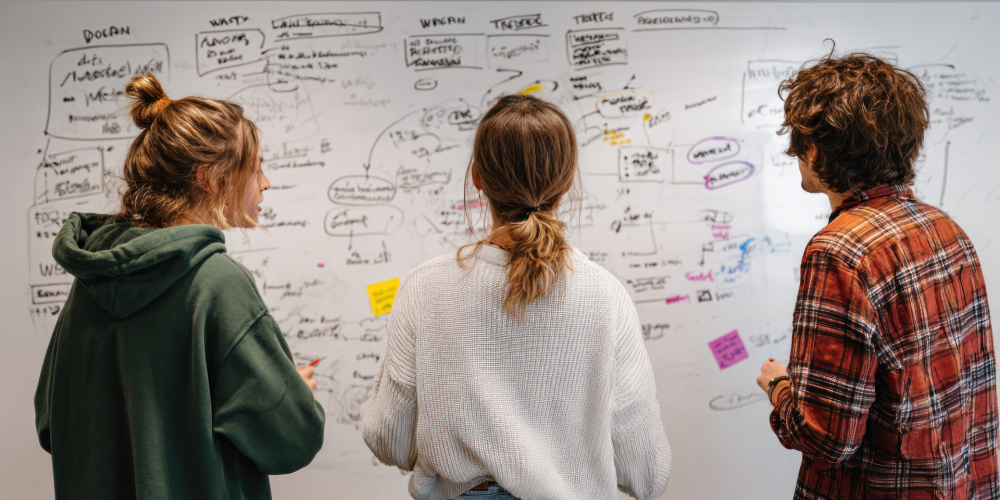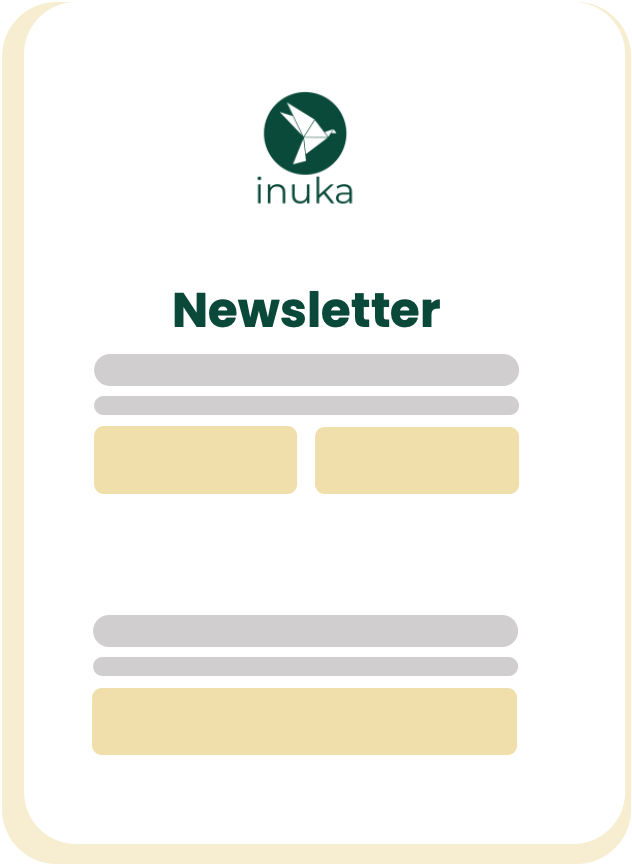Building resilient teams in 2026 starts with something you can’t see on a roadmap: trust.
The kind of trust that says, “You can speak up here.”
The kind that holds when things get messy.
Because resilient teams don’t just get through challenges — they grow from them.
They know how to talk, even when it’s hard.
They solve problems together, not in silos.
And they give each other room to fall, learn, and try again.
How do you build that?
- Start with open conversations. Real ones.
- Support people’s growth – not just their output.
- Use simple tools that strengthen team bonds and help manage stress before it piles up.
Because when psychological safety and clear communication are in place, resilience becomes a habit, not a wish.
What does team resilience actually mean in 2026?
Team resilience in 2026 isn’t just about managing stress.
It’s about what your team does when the pressure’s on — together.
It’s how people show up for each other.
How they keep moving forward, even when things get messy.
How they adapt without falling apart.
We’re not talking yoga or breathing apps (though hey, we love those too). We’re talking:
- Psychological safety – where people can speak up, challenge, or admit a mistake without fear.
- Collective learning – bouncing forward, not just bouncing back.
- Agility – being able to shift gears fast when plans change.
Work has changed. Hybrid work. AI overload. Markets that move faster than your Monday meeting.
That’s why resilience today isn’t just an individual skill — it’s a team strategy. In resilient teams, you’ll see:
✔️ Check-ins before burnout.
✔️ People sharing the load, not carrying it alone.
✔️ Space to learn, not just deliver.
That’s what resilience means now: Building strength before the storm hits.
Why do some teams bounce back faster than others?
You know those teams that just… hold it together when things fall apart?
That’s not luck.
That’s resilience — built on purpose.
Resilient teams in 2026 don’t wait for the crisis to start building trust.
They’ve already done the work:
- Open conversations are the norm — not just when things go wrong
- Asking for help isn’t a weakness, it’s the culture
- Mistakes aren’t hidden, they’re part of learning
It’s not just about emotional safety (though that’s huge).
It’s also about how teams handle information under pressure.
They don’t spin in circles or freeze.
>They know who decides what.
>They delegate. They adapt. They move.
Trust changes everything.
Teams with high trust recover faster.
They don’t waste time second-guessing each other.
They back each other’s ideas, navigate conflict with care, and stay focused on the goal — even when things get messy.
What are the building blocks of a resilient team in 2026?
Resilient teams aren’t built on good vibes alone. They’re built on strong foundations — laid down before things go sideways. Here’s what that looks like:
Psychological safety
This is the non-negotiable.
When people feel safe to speak up, ask questions, or say “I messed up” — without fear — problems surface early.
No shame. No blame. Just fixing things, together.
Clear communication
Slack channels, check-ins, shared docs — tools are helpful. But it’s the habits that matter:
→ Do people share what’s really going on?
→ Are decisions visible and understandable?
→ Does everyone feel looped in?
Shared decision-making
Leadership isn’t just for the manager.
When everyone has a voice in how the team works, people feel ownership — not just responsibility.
It’s faster, fairer, and way less stressful than one person carrying the mental load.
Emotional intelligence
Work is emotional. Let’s stop pretending it’s not.
Resilient teams know how to name emotions, not bury them.
>They notice when someone’s off.
>They listen. They respond.
That’s what keeps conflict from turning into fallout.
Systems thinking
These teams zoom out when things get tough.
They don’t just patch leaks — they ask why the pipe burst in the first place.
They learn from patterns, not just problems.
And they grow stronger every time.
How do you create psychological safety for team resilience in 2026?
Psychological safety doesn’t come from a workshop.
It comes from what you do every day — especially when things get tense.
If you want resilient teams in 2026, start here.
Model it. First. Always.
Say “I don’t know.” Admit when you mess up. Ask real questions — and listen to the answers.
When leaders show vulnerability, it opens the door for everyone else.
Make honesty a habit.
Set up spaces where people can speak freely, not just perform. Try:
- Regular team retros (what’s working, what’s not)
- Anonymous feedback forms for tricky stuff
- Clear, kind rules for handling conflict
Give feedback that builds, not breaks.
Shift from “what went wrong?” to “what can we learn?”
Make space for both concerns and suggestions.
Celebrate effort, not just outcomes.
And yes — even smart failures that teach the team something new.
Reinforce the culture you want.
Spot it when someone speaks up.
Appreciate it when a team learns from a mistake.
Show that it’s okay to take thoughtful risks — even when they don’t land perfectly.
Which practical tools help teams develop resilience skills?
They aren’t winging it. Resilient teams in 2026 have practised the basics — before things go sideways.
Here’s what works:
Problem-solving frameworks
Think root cause analysis, guided brainstorming, and shared decision-making.
Everyone’s voice matters — not just the loudest.
Stress management
Simple tools for handling pressure:
→ Clear priorities
→ Shared workloads
→ Quick-reset techniques like the STOP method
Mindfulness moments
Short breaks to stay grounded.
2-minute breathing. One-word check-ins. Weekly “what worked” reviews.
Structured reflection
Weekly retros. Team health checks.
Not just what happened, but what we learned.
Resilience isn’t a one-off. It’s a habit.
The Inuka Method helps make it stick — one small step at a time.
Ready to make resilience more than a buzzword?
Start small. Start real. At Inuka, we help teams build these habits one step at a time — with tools, coaching, and reflection that actually stick.
Want to see what that looks like in your team? Let’s talk. We’re here when you’re ready. 💚







